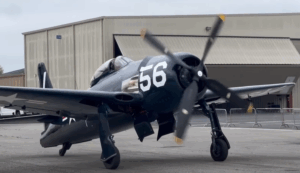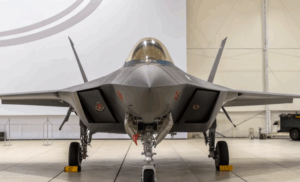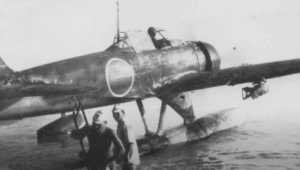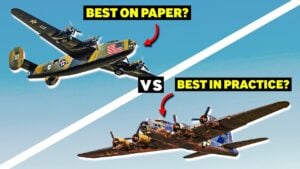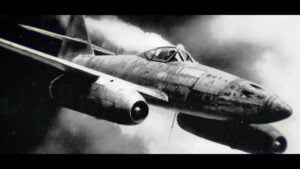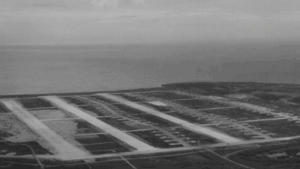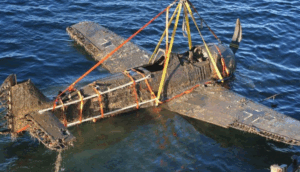5 Factors That Made the Spitfire a Legendary Fighter

PhlyDaily / YouTube
World War II saw many famous aircraft taking to the skies, but few are as legendary as the Supermarine Spitfire. Known for its sleek design and incredible performance, the Spitfire played a significant role in several key battles, most notably the Battle of Britain. Here are five factors that contributed to the Spitfire’s legendary status.
1. Role in the Battle of Britain
The Spitfire became a symbol of hope and resilience for the British people during the Battle of Britain. Although it was already admired for its sleek design and distinctive bubble canopy, its role in the battle greatly enhanced its reputation. As the British RAF (Royal Air Force) used the Spitfire to counter German fighters, the aircraft became a crucial part of the nation’s defense strategy. Its exploits were widely publicized, boosting British morale during a time of great uncertainty. This sense of national pride played a significant role in cementing the Spitfire’s legendary status.

2. Groundbreaking Design and Versatile Airframe
One of the standout features of the Spitfire was its innovative design, spearheaded by Richard Joseph Mitchell. The aircraft’s elliptical wing, designed with buried rivets by Beverley Shenstone, gave it a smaller cross-section, making it faster than many other fighters of its time. The improvements didn’t stop there; Joseph Smith, who took over after Mitchell’s death, continued to develop various versions of the Spitfire, enhancing its capabilities. The Mark I Spitfire was designed to be easily upgraded with better engines and weapons, ensuring it remained competitive. Its versatility allowed it to serve in various capacities throughout the war, contributing to its long-lasting fame.
3. Advanced Cockpit Design
The Spitfire’s cockpit was another feature that set it apart. Unlike many fighter planes of its era, the Spitfire’s cockpit was designed with both functionality and space efficiency in mind. This made it easier for pilots to operate the plane under stressful conditions. The design also provided excellent visibility, an essential feature for dogfights. This user-friendly cockpit design allowed pilots to focus more on their maneuvers and less on the complexities of operating the aircraft, which was a significant advantage in combat situations.

4. Powerful Rolls-Royce Merlin Engine
At the heart of the Spitfire’s exceptional performance was the Rolls-Royce Merlin engine. This 12-cylinder, liquid-cooled engine produced 1,000 horsepower, allowing the Spitfire to reach speeds of up to 360 miles per hour (580 kilometers per hour) and a flight ceiling of 34,000 feet. The engine’s name, “Merlin,” added a touch of mystique, as it is a reference to the powerful and magical character from British folklore. The engine’s power and reliability were key factors in the Spitfire’s ability to outmaneuver and outperform many of its adversaries, further adding to its legendary status.
5. Superior Aerodynamic Design
The Spitfire’s aerodynamic features were another contributor to its success. Its elliptical wings were not just visually striking but also highly functional. The wings had a large surface area, which improved the aircraft’s maneuverability and allowed it to climb to higher altitudes quickly. The wing design also provided ample space for mounting cannons and machine guns, making the Spitfire a formidable fighter. Additionally, the thin wings reduced drag, enhancing its speed and agility. The self-supporting “cantilever design” of the wings meant there were no external cables or braces, reducing air resistance and preventing wing stall in tight turns. These aerodynamic advantages made the Spitfire a versatile and highly effective combat aircraft.














